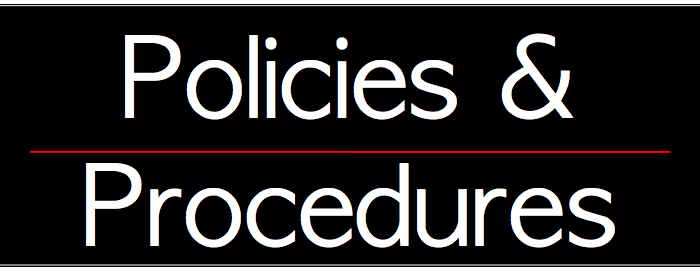Despite how important and often necessary internal audits are for the growth of a company, very rarely does most management take the time out to concisely list their expectations and objectives for them.
To make the most of your internal audit and reap maximum benefits from them, having precise and smart goals is essential. Not only do they save precious time for your company, but they also ensure that your audit goes smoothly and prepares you for the future.
What is a SMART Goal?
Setting strategic and attainable goals is a vital part of growing your business as they provide you with a target to work towards. Goals function as a means of motivation and help you focus on a specific task rather than a vague concept of betterment. Since they’re so important, it’s also prudent to spend time to ensure the goals you set are SMART.
Here SMART is an acronym that stands for:
Specific: The goal needs to be clear and precise. Specific goals have a higher likelihood of being accomplished than generic ones. To check if your goal is specific enough, see if it answers a few questions like “What needs to be done?” “Who will work on the documentation process?” and “What apparatus will the work involve?” These will provide you with a sense of direction regarding your goal and take the guesswork out of the process for better efficiency in your operations.
Measurable: You need to create a scale that helps measure your progress towards your goal. Having measurable goals provides an opportunity for positive feedback on the progress you have made and a source of motivation to achieve your objectives. Additionally, having well-defined goals and a means to measure them accordingly helps you identify possible setbacks and trends so you can work on these problems proactively for the future. Ask yourself questions like: “How will I know if my goal has been achieved?” “In the meantime, what are some progress indicators to look out for?”
Achievable: Needs to be within the realm of possibility to achieve. If a goal is too difficult it will quickly demotivate anyone set out to accomplish it; similarly, if a goal is too easy it’s prone to fall into a procrastination pile for the same reasons. Because of this, a smart goal must be both challenging yet achievable.
Realistic: Goals should be realistic within the set time frame. You need to give yourself enough resources to ensure the goal is achievable. Ask yourself if you’re able to commit to the goal and if it’s one that has previously been accomplished within similar parameters.
Timely: Specify a timeline that includes a set starting and ending date to complete your project. You need to remember to allow yourself ample room for error or delay while also setting reasonable time frames to create a sense of urgency so you’re more likely to start on it.
Smart Goals and Objectives for Internal Audits
When setting out to create objectives for internal audits, it’s a good idea to include a list of benefits for successfully completing the audit to help remind you of why you’re doing this. Personal goals and ambitions can be tied in with the company’s objectives here to help lend it a more personalized touch.
Prior to setting out your plan of action, brainstorm on topics such as availability of possible mentors during the process, connections and previously encountered obstacles. These may come in handy during the auditing process and help you to better understand your options.
A good general action plan may look like this:
- Interview management, decide audit scope while setting parameters, decide on suitable audit procedures.
- Test out and experiment in reference to scope decisions to ensure these are fair parameters.
- Study and document various systems or operations in perspective of the audit.
- Identification of potential risks in operations as well as suggested changes.
- Communicate with management regarding the previous phase and finalize changes.
- Finish documentation and include findings of the audit.
- Include a safety buffer of timing in case of unexpected delays in the previous procedures.
- Successful completion of the Audit.



